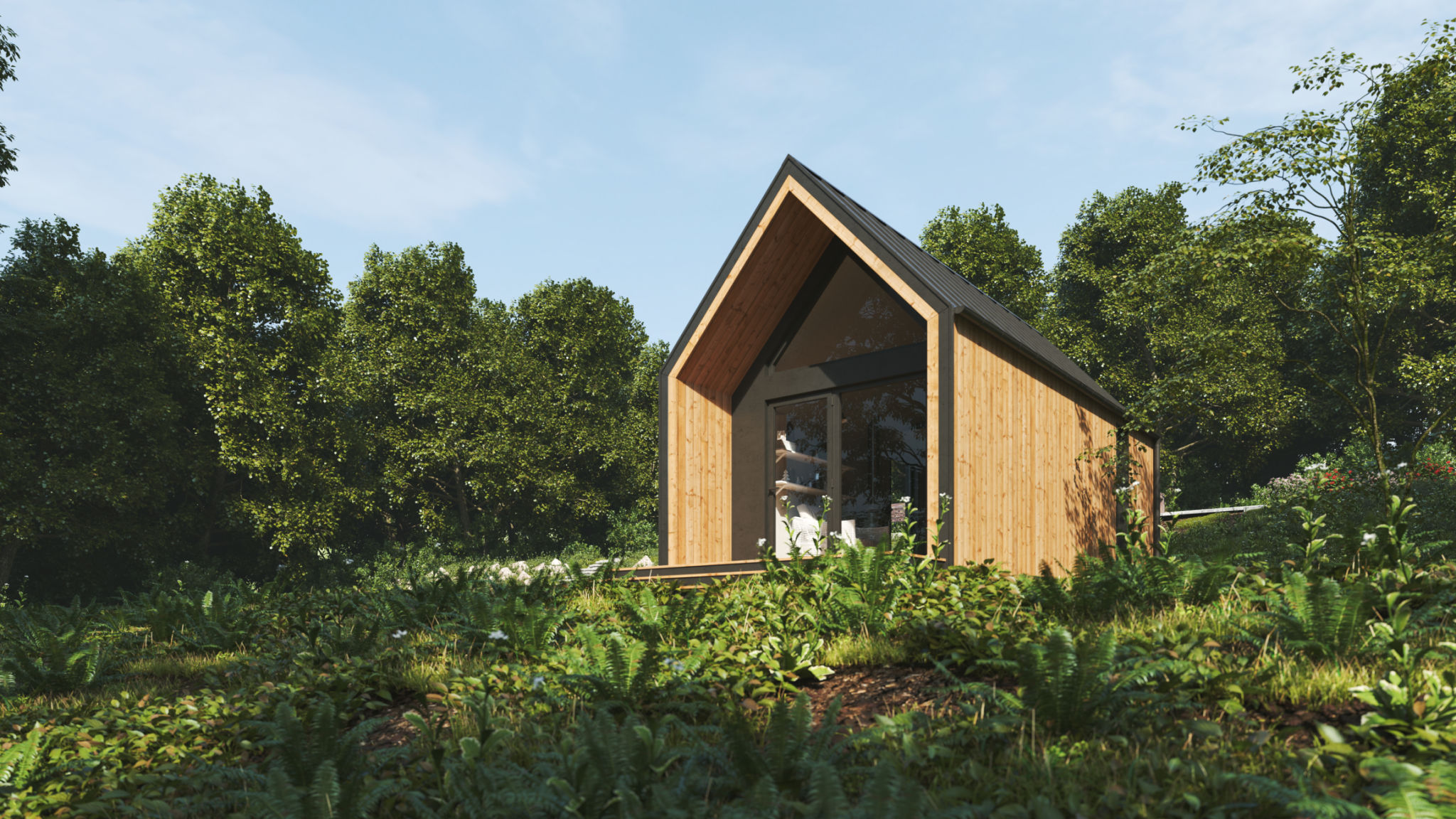The Benefits of Sustainable Home Construction: A Guide for Eco-Friendly Living
Understanding Sustainable Home Construction
Sustainable home construction is gaining momentum as more individuals recognize the importance of eco-friendly living. This approach not only minimizes environmental impact but also offers significant benefits to homeowners. Sustainable construction involves the use of environmentally responsible and resource-efficient processes throughout a building's lifecycle, from siting to design, construction, operation, maintenance, renovation, and deconstruction.
By opting for sustainable home construction, homeowners can reduce their carbon footprint and enjoy a healthier living environment. This method prioritizes the use of renewable resources and promotes energy efficiency, which translates into lower utility bills and a reduction in ecological impact.

The Economic Advantages
One of the most compelling reasons to choose sustainable home construction is the economic benefits it offers. Although the initial investment might be higher than traditional methods, the long-term savings are substantial. Energy-efficient appliances, solar panels, and proper insulation can drastically reduce energy costs, making sustainable homes more affordable over time.
Additionally, sustainable homes tend to have higher property values. As eco-consciousness becomes mainstream, buyers are willing to pay more for homes that align with their environmental values. This trend makes sustainable homes a wise investment for the future.
Tax Incentives and Rebates
Government incentives can further enhance the financial advantages of sustainable construction. Many regions offer tax breaks or rebates for homeowners who implement energy-efficient systems or use renewable materials in their homes. These programs can significantly offset the cost of building sustainably.

Environmental Impact
Building sustainably is crucial for reducing one's environmental footprint. By using recycled or locally sourced materials, the demand for new resources is reduced. Sustainable homes often incorporate features such as rainwater harvesting systems and native landscaping to minimize water usage.
Moreover, energy-efficient designs reduce reliance on fossil fuels, thus lowering greenhouse gas emissions. Sustainable homes not only benefit the environment during construction but also continue to contribute positively throughout their lifespan.
Waste Reduction
Sustainable construction practices emphasize waste reduction. By planning meticulously and choosing materials carefully, builders can minimize waste during the construction process. This approach helps conserve natural resources and reduces landfill contributions.

Health and Comfort
Sustainable homes are designed to enhance the well-being of their occupants. They often feature improved air quality through better ventilation systems and non-toxic building materials, reducing exposure to harmful chemicals found in traditional construction.
Furthermore, sustainable designs make use of natural light and ensure proper insulation, which regulates indoor temperatures more effectively. This not only enhances comfort but also reduces the need for artificial heating and cooling systems.
Community and Social Benefits
Sustainable home construction can positively impact communities by promoting local economies through the use of local materials and labor. Additionally, it fosters a sense of responsibility towards the environment and encourages sustainable practices within communities.
By choosing sustainable home construction, individuals are not only contributing to a healthier planet but also investing in a lifestyle that promotes overall well-being and financial savings. The transition towards eco-friendly living is an essential step towards a more sustainable future for everyone.
